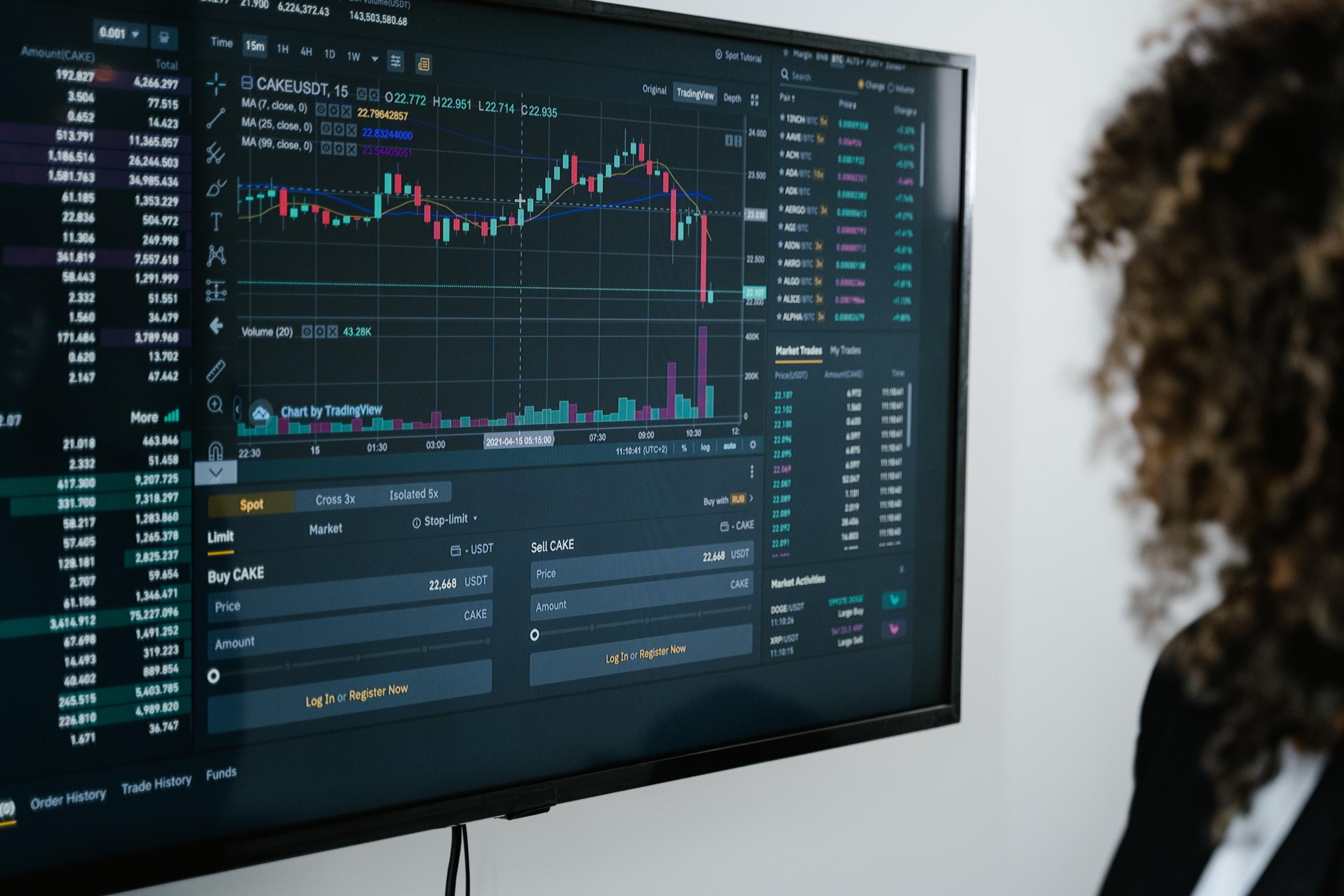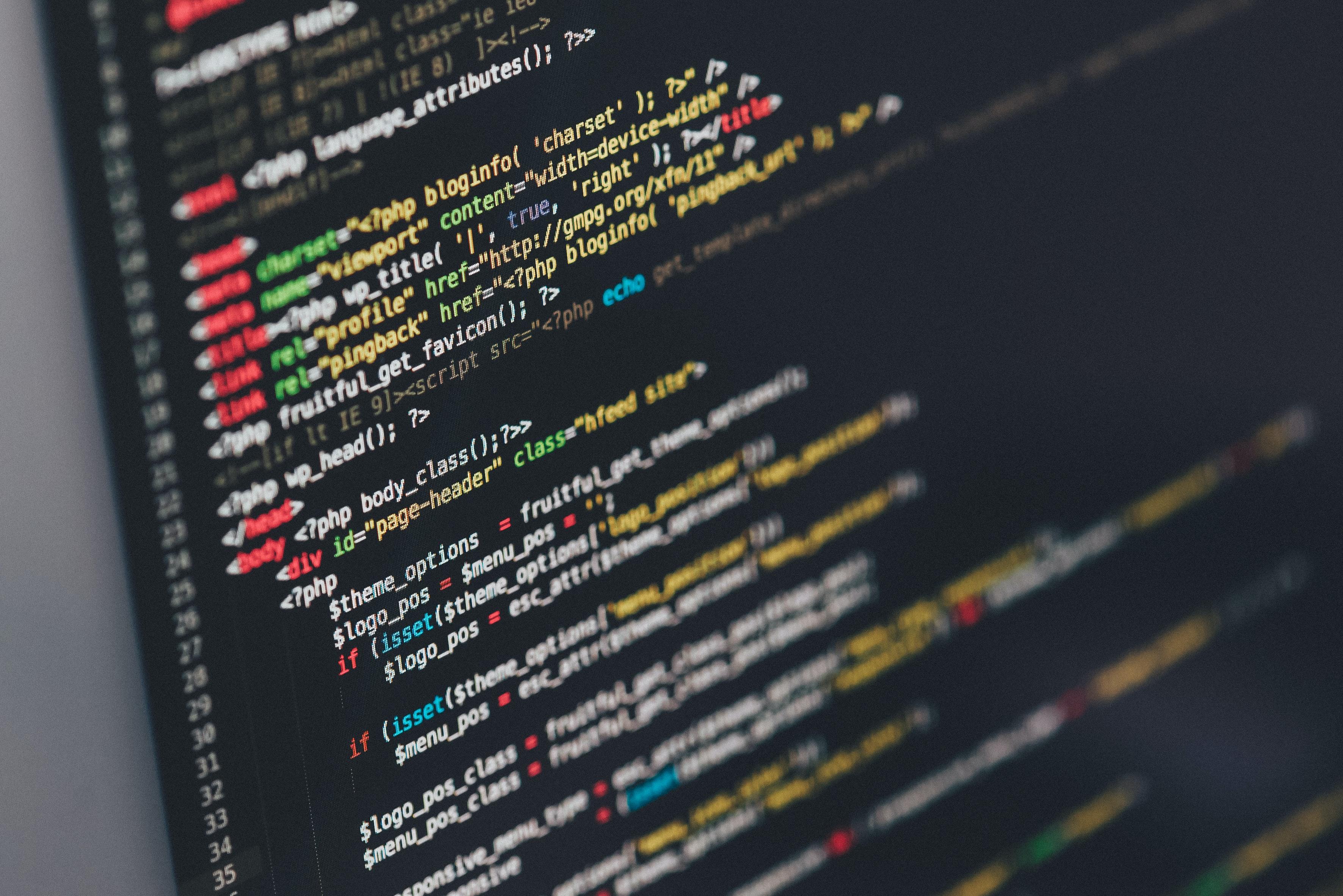Did you know that Python is one of the most popular programming languages worldwide? According to the TIOBE Index, Python overtook Java and C as the most popular languages. Unsurprisingly, 50% of programmers and developers worldwide use Python because of its efficiency and versatility in supporting multi-stage applications. Explore Python's real-world applications in Canada!
Do you doubt why learning Python could be one of the best ideas ever? If you want to venture into Data Science, you must know that Python is crucial for most data science and development roles. Data science is the study of data to extract meaningful information for business. It is a multidisciplinary approach that combines principles and practices from mathematics, statistics, artificial intelligence, and computer engineering to analyze large amounts of data. So, if you are considering becoming a data scientist, data engineer, software engineer, data analyst, or Python developer, you should start developing your Python skills!
Python is a precious tool for the tech sector and will remain so for years. Master this fascinating programming language to excel in Data Science!
Also, are you ready to accomplish everything you want with Python and web development?


Is Python useful for Data Science?
If you are an aspiring Data Scientist, you should know that using Python for data science is necessary! But first, let's define what exactly a data scientist does. Data scientists use statistical methods to extract information from data, build predictive models, and develop new algorithms. The exponential amounts of stored data increase the need for tools and technologies to help analyze and process it. And this is where Python becomes crucial for data science.
Python allows us to structure, clean, manipulate, search, analyze, and visualize data through compelling libraries. In the context of Python, "libraries" (also known as "modules") are collections of predefined functions that extend the basic functionality of Python. Let's look at how Python libraries facilitate data science through the effective execution of data analysis, data visualization, artificial intelligence, and machine learning:
Python and Data Analysis
Data analysis is a subset of data science that turns raw data into actionable information. The main Python libraries for data analysis are:
- NumPy: Library that provides high-performance arrays and tools and addresses slowness by providing multidimensional arrays, functions, and operators that operate efficiently on them.
- Pandas: A library that provides data analysis and manipulation tools and contains its data structures for manipulating numerical tables and time series analysis.
- SciPy: A library that offers a broader spectrum of scientific tools, algorithms, and functions for a wide range of domains, including optimization, signal processing, and statistics.
Python and Data visualization
Data science often requires visualization tools to organize data using tables, charts, graphs, and even maps to make understanding data easy. The main Python libraries for data visualization are:
- Matplotlib: The most widely used Python package for 2D graphics, provides a fast way to visualize publication-quality data and figures.
- Plotly: Plotly is a Python charting and graphing library similar to Matplotlib. The difference is that Plotly creates dynamic, interactive charts and graphs.
- Seaborn: Another library for creating statistical graphs in Python, which is based on Matplotlib and integrates with Pandas structures.
Python, Artificial Intelligence and Machine Learning
Machine learning is a subset of artificial intelligence (AI). Data science professionals use ML libraries for data classification and linear regression. The main Python libraries for AI and ML are:
- Scikit Learn: It is another Python library to implement ML models and statistical modeling for regression, classification, clustering, and statistical tools for analyzing these models.
- PyBrain: PyBrain is a versatile ML library for Python that provides flexible algorithms for ML tasks.
- TensorFlow: It is a Python library for ML and AI, which allows the building and training of neural networks to detect patterns and reasoning used by humans.
Incredible right? Here you can learn more about Robotics and Python to become a pro!

Is it hard to learn Python for data science?
As you have seen, Python programming is crucial in data science for a million reasons. The best is that Python is great to start with as your first programming language due to its simplicity and readability. Python has a beginner-friendly syntax well-suited for data science due to its extensive libraries and frameworks.
Would you like to discover the path to learn Python for Data Science? Let's dive into it!
- Start with the Python fundamentals: The first step is to build a solid foundation in Python programming and its application in data science. Some Python Programming Basics you must master are variables and data types, functions, data structures, file handling, exception handling, and Object-Oriented Programming (OOP).
- Understand the role of Python in Data Science: Learn more about Python libraries used for data science (NumPy, Pandas, Matplotlib, and Seaborn, etc.), cleaning and preprocessing data, statistical analysis, and machine learning concepts.
- Active practice to upgrade your Python skills: Practice makes perfect. Upgrade your Python skills through hands-on coding, projects, and real datasets. Platforms such as Codecademy, DataCamp, Kaggle, SoloLearn, Jupyter Notebooks, Dataquest, Python Notebooks on GitHub, Binder, and HackerRank offer a mix of interactive lessons, coding challenges, and real-world projects to help you practice Python for data science.
- Look for private tutoring to master Python: Private tutoring provides a 100% personalized learning experience tailored to your needs. Tutors with Python experience can provide insights into real-world applications of Python in data science.
Feeling curious? Discover everything you want about Python and computer games development!

Can you be a data scientist with just Python?
Working in data analytics requires much more than dedication and practice. According to Job Bank, some job requirements for Data Scientists, Database Analysts, and Data Administrators in Canada are as follows:
- A Bachelor's degree in mathematics, computer science, computer systems engineering, or a related discipline like statistics.
- For more specialized positions, a master's or PhD degree in machine learning, data science, or a related quantitative field could be required.
- Programming experience is usually required to demonstrate you know complex programming languages such as HTML, XML, or PHP, coding skills, operating systems, and program or application design, among others.
- Experience in statistical modeling or machine learning is usually required, depending on the job position.
- Lastly, you should know that the Data Scientist occupation is not regulated in Canada, so you will not need to undergo a certification or licensing process.
While it is true that an academic background in the field provides a solid technical foundation, it does not mean that a career as a data scientist is unapproachable for people from other educational and professional backgrounds. If you're interested in the tech sector, learning data science is possible for anyone who is curious! Would you like to discover more about Python and machine learning?

Superprof: Learn Python for Data Science!
Demand for Python developers in Canada, especially in data science, has never been higher. If you are more than ready to begin your journey into Python for Data Science and want to sharpen your programming skills, find a Python tutor to accomplish everything you want. Get your hands-on data science and become a Python pro at your own pace with Superprof!
Superprof is Canada's top tutoring platform, providing excellent face-to-face and online tutoring in 1,000+ subjects and Python for data science. Upgrade your tech skills with 100% personalized private tutoring!
At Superprof, you will find the best Python tutoring depending on your pocket and learning objectives. Whether you are a beginner in Python or an IT professional, boost your Python skills for Data Science with Superprof!
- Go to our Superprof to find the best Python private tutoring!
- Type you want to learn "Python."
- Enter your location for face-to-face lessons, or click on "Online tutoring" for remote learning.
- Discover all the private tutors near you and choose your favorite.
- And last but not least, book a class!
Discover the best tutors near you and master Python wherever you are in Canada. Welcome to the Superprof family!
Wrap up!
Learn about the importance of Python in data science and various data-related professions such as data engineering, software engineering, and data analytics. Having in-depth knowledge of Python's functionality in data science is essential, as it delves into how Python libraries —such as NumPy, Pandas, Matplotlib, Seaborn, Scikit Learn, PyBrain, and TensorFlow, work and facilitate data analysis, visualization, artificial intelligence, and machine learning.
Python is an ideal first programming language to learn, even if you have no prior data science knowledge. Moreover, thanks to all the resources available on the Internet, you can put your coding skills into practice through excellent platforms such as Codecademy, DataCamp, and Kaggle for effective learning. However, if you seek the best personalized learning experience, you will find an expert Python online tutor on the Superprof platform. Ready to become a Python pro in Canada?
















